Part two of a Journey into Bacanora Country. Read part one of the journey.
The next morning after the wedding, slurping the last of my caldo de caguamanta, a popular hangover remedy in Hermosillo consisting of a thick broth of onion, tomatoes, oregano, pepper, chiles, shrimp, and manta ray, I await restoration of my vitality, but alas the Sonoran sun has defeated me again. We return to my uncle’s house, load up his new toy, a used red Jeep he bought off a friend, with beans and corn (either expensive or inaccessible in the pueblos), hamburger meat, suitcases, leftover beer from the night before, coolers, spare tires, and so on. There are five of us crammed into the Jeep as we head towards Granados.
We pump gas at the outskirts of the city and head up the single road going into the mountains. We head east to the land of my ancestors who came from who knows where but ended up by the rivers cradled by mountains and blanketed by trees in a terrain vastly different from the cityscape of Hermosillo. Cradled in between my legs is a bucket of Kentucky Fried Chicken, a treat for my cousins in the pueblo who rarely get to visit the city. I find this endearing knowing that the chicken, biscuits, and so on, will arrive soggy, but one of my aunts riding with us was asked by her daughters to bring back un kentucky. I’m sure there is some sort of socioeconomic statement that can be derived from this but I am too busy with the landscape of canyons, brush, and natural formations on the way. An hour into our journey, we realize that having a car without music or AC was a terrible idea, but it was a Jeep, so we rolled a la naturale.
Caldo de Cahuamanta, hangover cure Backroads travel in Sonora 
The road to Granados
Finally we arrive at the start of the chain of pueblos I recognized from the list of municipalities from the Norma, Ures, San Miguel de Horcasitas, Aconchi, Moctezuma. While munching on wild boar jerky (jabalí) my tia made back in the pueblo, I wondered who was making any type of distillate in this region, how people came to settle in such harsh terrain, and if we would make a stop somewhere so I would have some time to investigate my bacanora calling. Three hours later, we arrive in Moctezuma, the indicator that we were near our destination. Just a couple more towns. We bought goods to refresh ourselves, mainly caguamas and electrolite, and drive the last stretch into town along La Ruta de la Sierra, the route of the mountain, which probably has some historical significance I am unaware of. We cross under the arches of the entrance of Huásabas, the final town before our stop, founded in 1645 by Jesuit Missionaries that colonized the once local Ópatas, and before finally making it into Granados.
We are finally in cowboy country. I already smell burning mesquite off in the distance. There were guys probably fresh out of feeding their ganado, their cattle, and now on horseback buying beer. The town was a ghost town. We had just missed the fiestas, the annual festival to commemorate the patron saint of the town, San Isidro Labrador. Like other fiestas in Mexico, this town had its own traditions. The baile, the town dance where young locals met and mingled with people of neighboring towns, horse racing (and betting), loads of drinking (another theme), and then the end of the distilling season for this town. The people of Granados and surrounding towns will prepare a month in advance to harvest and distill vino for las fiestas and apparently there is an abundance of it. We originally intended to go to the pueblo for the last day of the fiesta but due unforeseen circumstances, here we were, in the wake of what was a two week celebration, with myself hoping to scrape up whatever droplets of bacanora I could find.
My cowboy Tio greets us upon arrival. He is a figure both my firefighter uncle and I admire. My firefighter uncle grew up in the city of Hermosillo while I was born in Long Beach to a woman who fled Sonora to find herself a better life. We find ourselves daydreaming to live the life Tio lives. Never have I met such a person in tune with nature and their surroundings. Never have I met a man with such wisdom met with a humble and pleasant nature. Expressive, caring, and loving, this man destroys the notions of masculinity portrayed so heavily in different aspects of Mexican culture and sees beyond whatever my uncle and I observed. And to further sing praises of Tio, he is the one who has retained the most knowledge of Bacanora production in the entire family. Aside from holding the stories and history of the family, he also would physically help distill in the pueblo when there was a need for an extra set of hands.

I compare the production of mezcal in Sonora to Oaxaca because despite not having any traces of ancestry to Oaxaca, its production of mezcal is the one I am most familiar with. So, as in some pueblos in Oaxaca, the act of distillation can be a communal effort, where sometimes the guys would just help out to get away for a weekend afternoon, kill some beers, grill up some meat, and hopefully leave with some Bacanora. There were a couple of people in town with their own stills, but all of the stills were placed outside of the town limits of Granados. Many roads outside of the town led towards the river, essential for the large cattle industry, irrigation of crops, and for distilling.
On the first night while trying to find a contact for bacanora, which was looking futile after las fiestas, Tio finally locates someone in town who had just finished distilling. They had left the property but gave my uncle permission to pass to show his nephew del otro lado, from the other side (referring to the United States).
We leave on two separate trucks now that we are reunited with my pueblo cousins. As we ride in the back of the pick up truck, we cross into land occupied by stables and cowsheds, where the roads slowly turn from dust into gravel into river rocks. The roads, now accessible, were once rivers in the rainy season. But in the past years, according to Tio, they have experienced terrible droughts. La sequía. In passing he also mentions that much of the water that used to exist here has now been used up by the mining companies nearby, many of these mines being of foreign interest. In other parts of Sonora, this has also been the case with large companies like Coca Cola and Ford, for example, using up large amounts of water from the Rio Yaqui and leaving both indigenous people and city folk with dangerously low levels of water. The same old song of Mexico being depleted of its natural resources and beauty at the hands of foreign superpowers.
River running through Granados Milpa in Granados, Sonora A stubborn fence jumping cow enjoys the Milpa
We pull up to an unmarked gate and shut it behind us. It is around dusk and the sun is setting quickly behind the mountains, so I only have a few minutes to take in all that I could. Gasping with excitement, I immediately point out what had to be the still. This was a frankenstein of a monstrosity, and I feel probably what others feel when they see a pug; adoration. There seemed to be two stills, each one mirroring each other. The pot, or olla as Tio collectively called the entire still, is made up of what seems to be a used steel oil drum. The head was covered with dirt or clay. It was connected to another steel oil drum by what looked like a modified water heater and, to the least of my surprise, an old water heater, hollowed out and housing a copper pipe connecting both oil drums. In the second oil drum, there was a copper serpentina, just like the many I had seen in previous mezcal travels. In awe I mention that instruments like these were what my antepasados, my ancestors, used to make bacanora. Not only was I in awe to see the similarities with what I’ve seen in Oaxaca, but also with the ingenuity the people of Granados had come up with to make ends meet. There seemed to be a double refrescadera structure going on with two points in the still to encourage reflux. In the modified water heater, my uncle explains that the water had to be manually emptied when it got too hot. The water was taken from a well that was on site. That same well water was used in the fermentation vats that were 2 giant plastic containers of Rotoplas. The second condenser kept the same water but occasionally had the water replaced as well.
Cousins demonstrating how to use the well. This water is used in the whole Bacanora production Chopped mesquite and rotoplas containers used for fermentation Still used in bacanora production
Feeling the time and the pressure to take everything in, I make my way around the compound, admiring the cylindrical underground over lined by malpais, a type of volcanic rock used in the ovens of the pueblo. They are covered by steel laminate sheets that in turn are covered by dirt. Piles of mesquite wood surrounded the compound, perhaps ready for the next batch of maguey. Then I turn to the axes used in the milling of the agave, and by this point I’m sure my family is laughing at me with the excitement of analyzing every single facet of the compound.
Tio, who allowed me to record him talking about the process, retraces my steps and recounts his side of the process, showing me the one thing I had never seen in Sonoran production. Near the fermentation rotoplas’, there is a hole in the dirt with four rocks in it laid on their sides. I didn’t think much of it at first but when Tio mentions that this was where two people alternated in chopping the cooked agave before tossing it into the tank, I realize that there is no wooden canoa in sight! I was always under the impression that all bacanora artesanal was made in wooden canoas. In that moment I understand that I have to let go of all expectations and everything I thought I knew. I may have been to several mezcal producing regions, but I have never seen it done in Sonora and I have never had my family walk me through it.
Author with his Tio at Granados bacanora still Old refrigerator used for storage and sayings
As the sun finally sets, I take a last glance of the surroundings. The rustic and rusted tools used to make this pueblo elixir, the trees and the dry brush crying for any sign of rain, and the look of my family staring back at me with joy in each other’s eyes. I take one last pass at the still, and touch the warmth of the pot and the ashes from the distillation earlier that day, and with that I feel embraced by the heritage of my family’s involvement in mezcal that ran through my blood.
Though in a haze trying to process what I have just seen, I go over some of the terms Tio used when it came to distillation. Some of these terms I have to ask the meaning of, others I guess based on context. I am not one to judge the usage of the following words because over the years I have come to accept that there is no set definition nor rules or customs to mezcal. Every region has its magic, its traditions, its diction, its people, and its mezcal. Colgar, which usually means to hang, was used to talk about fermenting. Gabazo and saite were terms for crushed agave. I wondered if gabazo was a type of drunken aphasia for the word bagazo in other communities. Sombrero was in reference to the wooden piece covering the cooking stil that was then covered with tierra colorado, red dirt/mud, to prevent the still from leaking vapors. Caer o caío, to fall, or in this context, the end of fermentation. Barranco was another term for vino or mezcal which I found interesting because it shares a meaning with a mezcal producing part of Jalisco. Tizar was a word that was used for the act of distilling. Cordón or cordoncillo (cord/ little cord) is a term used for the hearts of the distillation, which refers to the strand-like or cord-like shape the distillation takes when leaving the still. Cuartar or cuartación is the process of separating the heads, cordon, and tails of distillation.





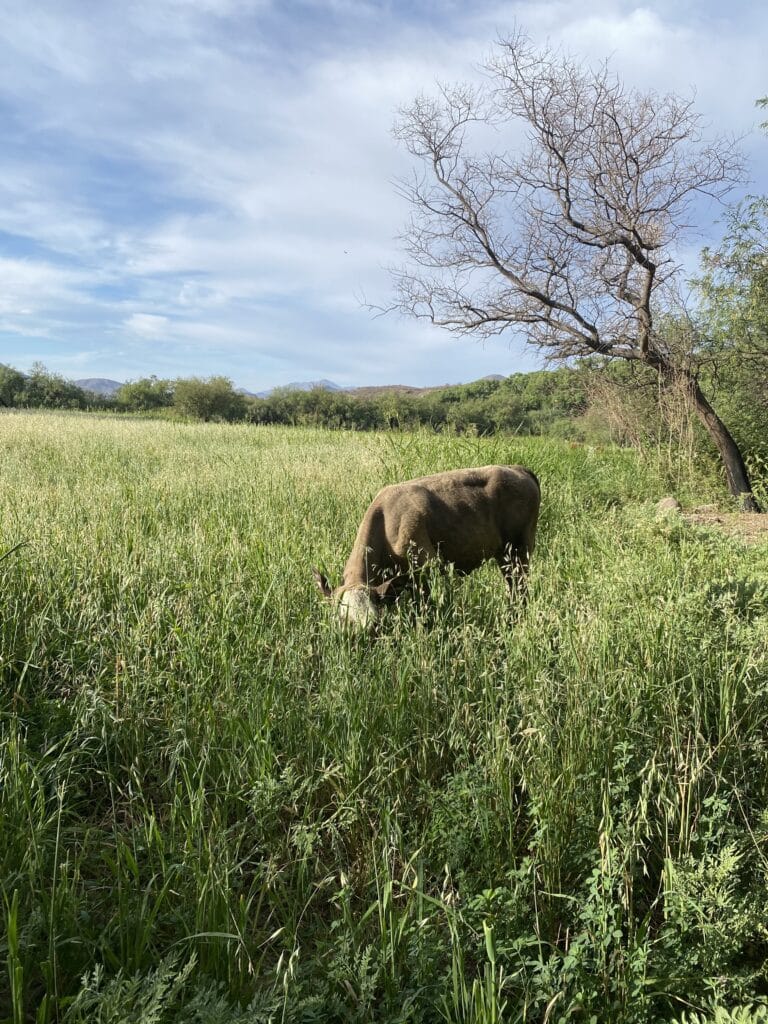

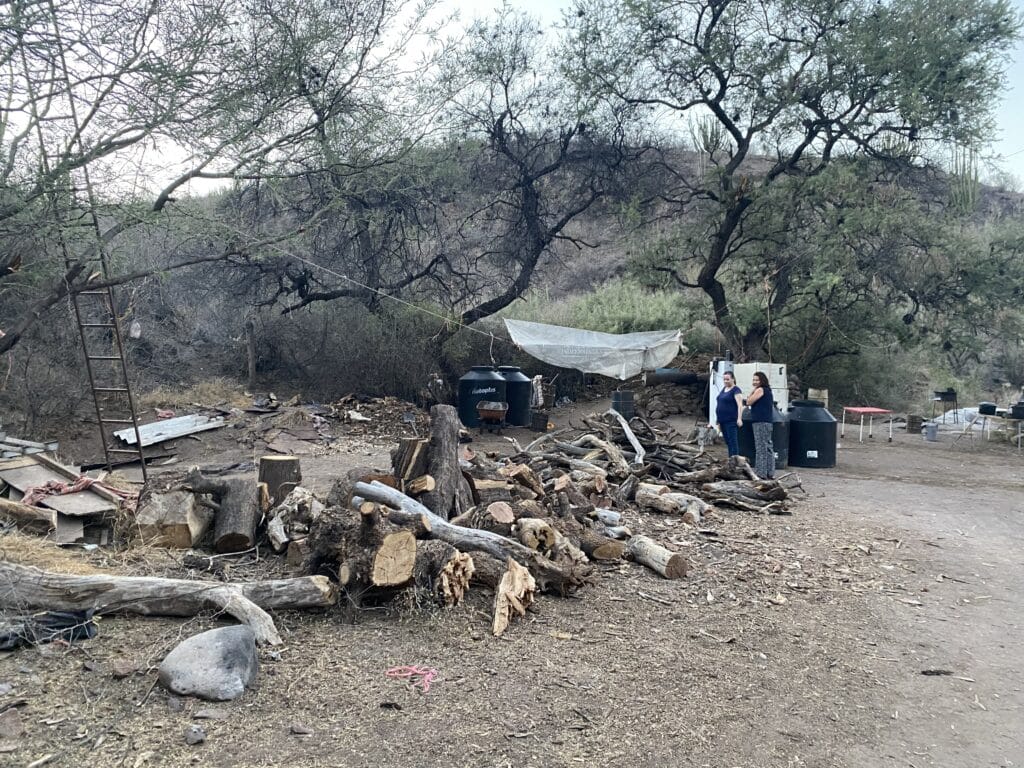
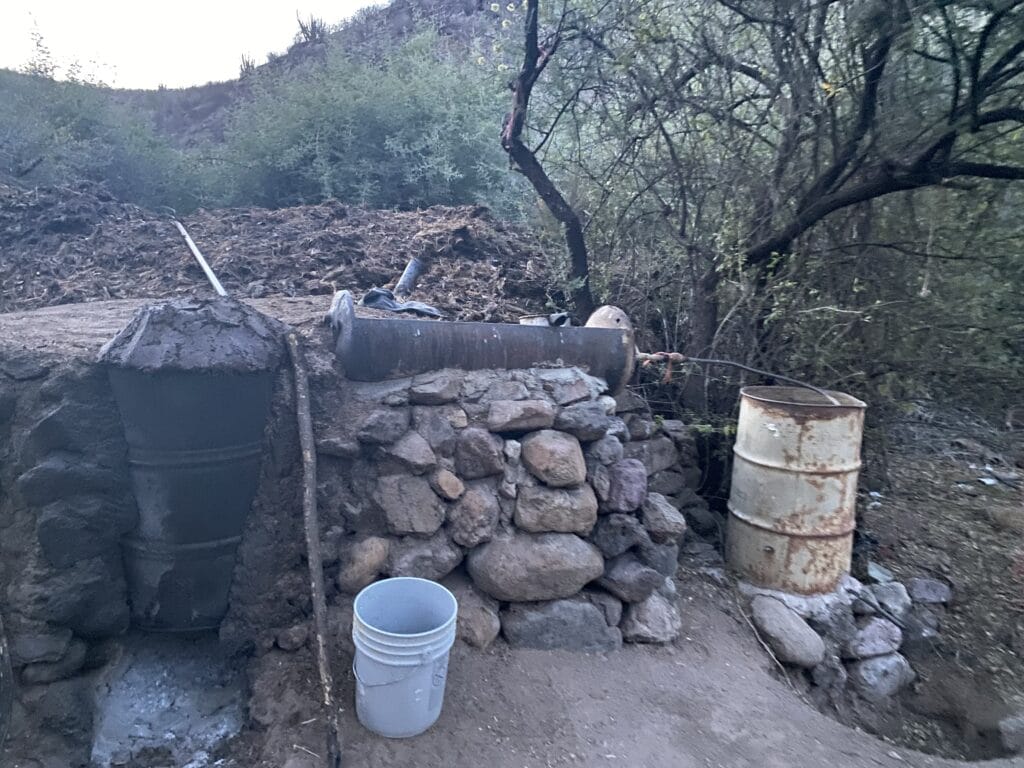



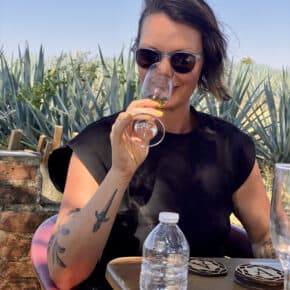

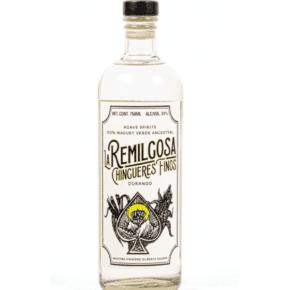








Let’s plan a tour to Granados, you will fall in love with the locals, the town and their cusine, talk about eating organic 🥰
YES!!!
Let me know if you need any help with your plans, I know a person…actually I know all 1,100 of them.
Greetings guys,
My ancestors are from granados. Leonardo, It would be awesome to speak with you about the town and its history, people.
My entire family is from Granados, the town is amazing and hardly touched by evolution. I attended school there while living with my grandparents as life in LA sucked. After leaving the service I moved to AZ and now travel there quite often. Good read brother. Some day when I visit my sister in Chino I will bring the good stuff with me, perhaps we can meet and I will hand it over to you.